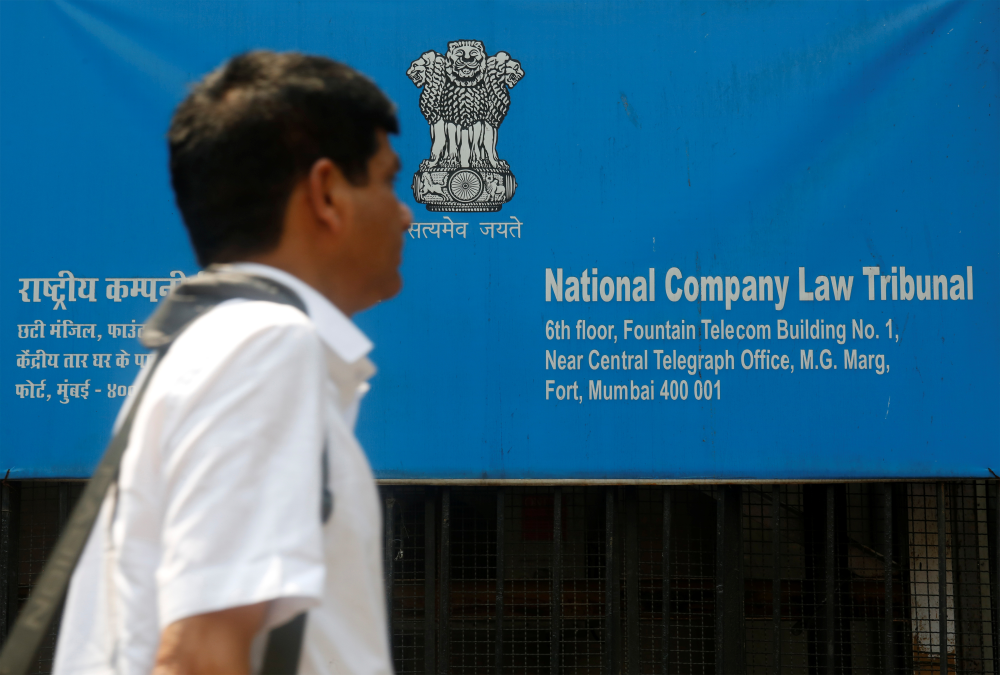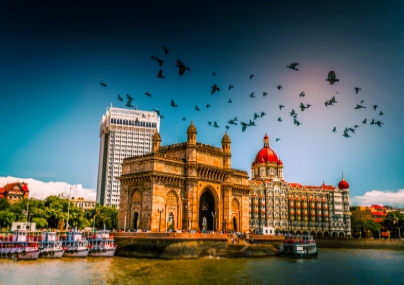
The Insolvency and Bankruptcy Code, 2016, has a timeline of 270 days to complete the Corporate Insolvency Resolution Process (CIRP), including any extensions granted. This includes an initial 180 days, plus an additional 90 days in exceptional circumstances. As per the latest figures up to December 2023 released by the Insolvency and Bankruptcy Board of India, 68 percent of CIRPs have missed the 270-day deadline, and the average time for resolution has reached 677 days for financial creditors (FCs).
Even with these timelines, FCs have managed to recover only 33.8 percent of their admitted claims. While FCs have realised 177.6 percent when compared with the debtor’s liquidation value (the lowest possible value estimate of a debt or’s existing assets), lawyers say this is a case of a few large CIRPs pulling the average up.
This low and slow recovery is turning financial creditors and potential investors, who look to buy companies under CIRP at cheaper prices, away from the process. While financial creditors continue to file claims, they do so mostly as a pressure tactic in order to obtain a one-time settlement prior to the initiation of the CIRP, says Piyush Singh, a partner in PSP Legal’s debt resolution practice.
The haircut on settlement value significantly increases for FCs post-CIRP versus pre-CIRP. Pre-CIRP settlement recoveries can go up to 40 percent, but settlements agreed to after CIRP commencement can bring down recovery to as low as 10 percent, Singh explains.
This is truer for smaller FCs, who usually get bulldozed by the larger creditors in the statutorily mandated Committee of Creditors that are to approve a resolution plan, Singh adds.
The data reflects this trend, as of the 7325 claims admitted till December 2023 by the NCLT, over 2150 have been settled or withdrawn before the initiation of the CIRP process. Only 891 have reached approved resolution plans.
Creditors are preferring to walk away based on lower net present valuation today rather than wait two to three years to receive only a marginally higher payout after having dealt with frivolous creditor claims, institutional delays and unending litigation, says Abhirup Dasgupta, senior partner at HSA Advocates.
Lawyers explain that there is a direct correlation between the delays at the NCLT and the recovery value for a creditor.
“The solution is to have younger, commercial-minded, industry-fit and regularly trained lawyers on specialised NCLT benches focused only on IBC cases. An increase in the number of benches and prioritising resolution of claims rather than admission, as is the government’s policy today, will also release pressure.”
WHAT AILS THE NCLT
Institutional vacancies and technical incompetency at the NCLT are the two major reasons for such delays from the IBC timelines.
Of a total sanctioned strength of 62, the actual strength of the NCLT across its boards in India had reached as low as 28 in September 2021, as per the government’s own documents presented before Parliament. While today, the strength has improved and was noted as above 90 percent for the first time since its inception in 2016, a special parliamentary committee noted that the appointment process reveals “a vicious cycle of appointment of new members alongside retirement/completion of term of old members thereby rendering a perpetual vacancy in the tribunal that is plagued with inordinate delays in cases regarding both IBC and Companies Act.”
“Apart from the human resource gaps, the committee would like to highlight that the NCLT is functioning with poor infrastructural setup,” the report found.
Admission of claims, which is to take place within 14 days under the IBC, does not conclude for at least three months in any contested case, says Dasgupta.
And there is no guarantee that once a matter is listed on a cause list it will be heard. Lawyers on conditions on anonymity say that over 25 percent of the time, the court will not convene, or the case will not reach due to the large number of matters listed above it on the day. And in 50 percent of cases, arguments do not conclude due to judicial incompetency or unnecessary delay tactics.
Where continuances are granted, they are granted, the next date of hearing is scheduled after 20-30 days, Dasgupta adds.
The NCLT is also responsible for approving mergers and amalgamations under the Companies Act, which takes up only one day week, further delaying the M&A process in the country as well.
NEED FOR DISCIPLINE
There is a need for judicial discipline and proper training, lawyers say, adding that their frustration with the system stems from a lack of judicial competency. An NCLT bench comprises a judicial member and a technical member. The judicial members come from lower courts and have little to no understanding of financial laws, debt recovery or the functioning of such specialised tribunals.
Meanwhile, the technical members are career bureaucrats who generally do not function at a commercial pace. They do not understand modern commercial concepts needed for any debt recovery proceedings and are poorly and improperly trained. It is also tough to train careerists who have retired from government service.
This lack of training and commercial understanding means more time is granted to hear frivolous objections. NCLT approval for resolution plans, which should be a ‘tick-in-the-box’ exercise once the committee of creditors approves the plan, becomes a long drawn process taking up to five years in some cases.
This has led to many successful resolution applicants backing out of resolution plans that have lost value post-CoC approval, pending NCLT approval. The value of a company in insolvency continues to fall, and a resolution plan that was valid at the time of approval if thrown out the window by years of delay at the NCLT, Dasgupta explains. This means fewer investors will look at IBC assets as valid investment options, further reducing the IBC’s effectiveness as a debt resolution mechanism.
Lawyers, on conditions of anonymity, have shared instances where technical members are sleeping on the bench during hearings, while some have been known to grant untimely continuances for months on the basis of procedural and filing errors, which are not contested and would take minutes to resolve.
The solution is to have younger, commercial-minded, industry-fit and regularly trained lawyers on specialised NCLT benches focused only on IBC cases, lawyers say.
An increase in the number of benches and prioritising resolution of claims rather than admission, as is the government’s policy today, will also release pressure, Dasgupta adds.
Mandatory institutionalised training is also necessary to improve the situation, another lawyer says. The National Judicial Academy in Bhopal must host training camps not just once, but continuously, to apprise judges of the latest developments, key phrases and financial state in the market, with experts from the industry leading such training.
A top tier law firm partner even suggests that law firm practitioners like himself will be willing to serve as judges for some years as a public service, if the law can so allow for it.
Clarification: The paragraph starting with 'And there is no guarantee" has been corrected to note that the quote is not attributable to Abhirup Dasgupta. The sources for the quote are lawyers who requested anonymity.


